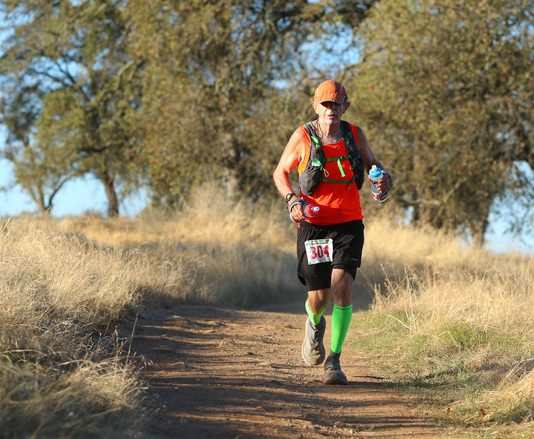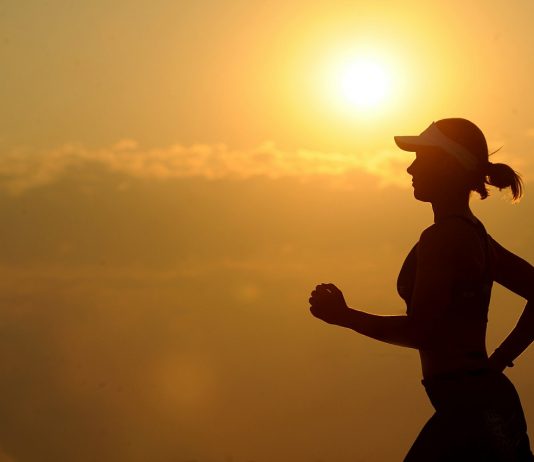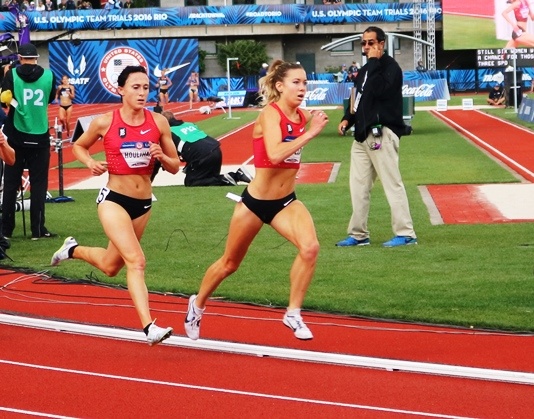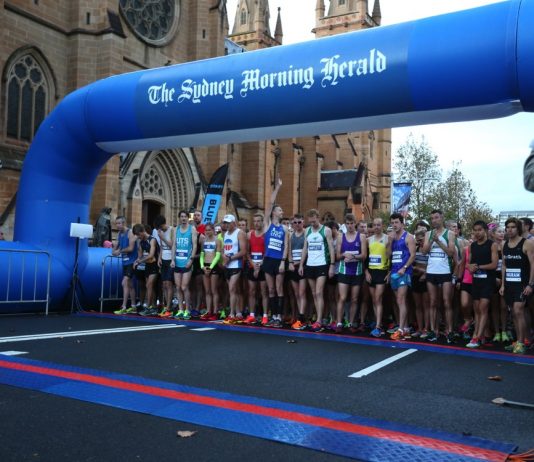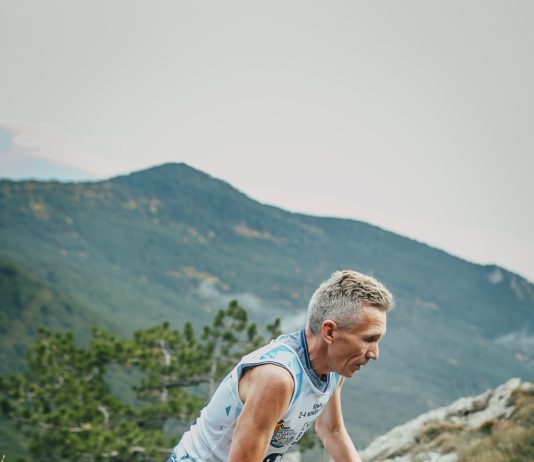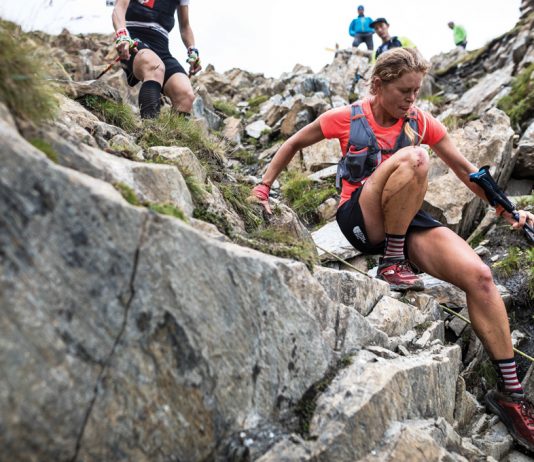Perseverance and Injury Prevention: The Secrets to Running Well into Your Golden Years
Runnerstribe Admin -
Running into one's golden years requires dedication and intelligence, with injury prevention being the key to longevity. The increasing number of older runners who continue to enjoy competition and fitness serves as empirical evidence of what works.
For many runners, crossing the finish line as quickly as possible is the ultimate goal. But for some, simply crossing the line before the organizers pack up and leave is enough. In a culture that celebrates speed and power, being a slow runner often comes with little glory. But slow runners have found that there is something special about putting aside their watches and focusing on the experience of running, rather than just the time it takes to finish.
For those who have never run for an hour before, it may seem daunting. However, the 2019 State of Running report suggests that an hour is the average time it takes to complete a 10K race, which is less intimidating than a marathon that takes an average of four hours and thirty-two minutes. This could be why more people registered for 10K races in 2019 than marathons.
As a graduate student, I neglected my self-care and suffered an ankle injury from stepping off a curb. It left me on crutches for weeks, which took a toll on my mental health. However, that misstep was the catalyst for my journey into running, one of resilience, determination, and growth.
If you're thinking about running your first half marathon, the prospect can be intimidating. But with the right preparation, you can conquer those 21 kilometers and cross the finish line feeling like a champion. Here are some tips to help get you started:
As the spring weather beckons us outdoors, runners are hitting the pavement with a renewed sense of purpose. Whether you're training for your first 5k or your tenth marathon, hill workouts are a vital component of speed work that can benefit any runner, regardless of skill level or experience.
Hill running is a workout that every runner should consider incorporating into their training routine. The benefits of hill running are numerous, including improved leg strength, running economy, and endurance. Not only that, but many professional runners swear by the effectiveness of hill running, including British athlete Sebastian Coe and New Balance coach Steve Vernon.
Carbohydrates are crucial for runners, and hitting the wall due to fatigue can happen when a runner runs out of carbohydrates. During marathon week, runners should pay special attention to their carbohydrate intake. Carb loading is the traditional practice of runners eating more carbohydrates in the days leading up to a race to maximize glycogen stores. Runners racing for over 90 minutes should consider carbohydrate loading, as carbohydrates are stored as glycogen in the liver and muscles and are the primary source of fuel for muscles during a race. Carb loading can help delay fatigue.
Are you a runner looking for a tasty and energizing breakfast to fuel your training and start your day on the right foot? Look no further! We've compiled a list of ten delicious and runner-friendly breakfast ideas that will keep you satisfied and energized throughout your runs
According to Tommy Rodgers, a registered dietitian and coach, what you eat after exercise can affect how well you recover and how hard you can train the next day. Glycogen stores need to be replenished, and muscle breakdown minimized. It is more complicated to determine the amount and timing of the post-run snack, but a small snack or meal with protein, carbohydrates, and good nutritional value should suffice.


